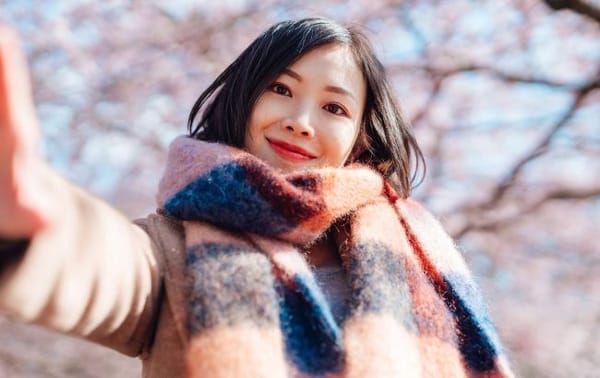In the Silence of Ivy: Tokyo’s Old Money Neighborhoods
From Seijo to Shirogane, Tokyo’s old money leaves its trace in architecture, address, and the quiet curve of a back street.

An immersive journey through the streets where status is inherited, whispered, and written in stone walls.
Prologue: Skyscrapers in the Rear-View Mirror
Stand on the pedestrian deck outside Shinagawa Station and look east: glass towers rake the sky, neon spills onto the bay, and the Shinkansen slips south like a silver shoelace. Yet if you turn your back on all that light and walk ten minutes inland—past the taxi rank, past a noodle shop that steams before dawn—you’ll find a different Tokyo entirely.
Here, high walls of porphyry blot out the streetlights. The air smells faintly of hinoki and damp earth. Somewhere behind those walls, a gardener is clipping azalea shrubs into perfect hemispheres, just as his predecessors have done since the Meiji era. You have entered a hush that predates the skyline: Tokyo’s Old City Triangle—Takanawa, Shirogane, and Kami-Osaki—where the past survives in cedar, slate, and memory.
Where Tokyo’s Quiet Wealth Resides
Old money in Tokyo is less a tax bracket than a topography—an archipelago of enclaves strung across the city like pearls on a nearly invisible thread. Locals speak of them the way bird-watchers speak of migratory routes: with hushed certainty, confident you either know the path or you don’t.
- The Old City Triangle (Takanawa–Shirogane–Kami-Osaki)
- The Garden Suburbs (Denenchōfu, Seijo Gakuenmae)
- The Hill Villages (Shōtō, Aobadai, Kamiyamachō)
- The Academic Spine (Ichigaya, Yotsuya)
- The Quiet Belt (Seishin, Yoga)
Each district guards its own mythology, but they share one rule: prestige is inherited, never announced. A single misplaced renovation, a wrong florist at the wrong funeral, and the spell fractures.
“Azabu is flashy; Denenchōfu is where old money hides,” a Reddit user wrote, distilling what Tokyoites learn over a lifetime—loud money climbs towers, quiet money grows roots.
The Old City Triangle: Takanawa–Shirogane–Kami-Osaki
Skyscrapers may crown Minato Ward, yet tucked between the Yamanote Line and the Shuto Expressway lies a wedge of streets older than the skyline they now shadow.

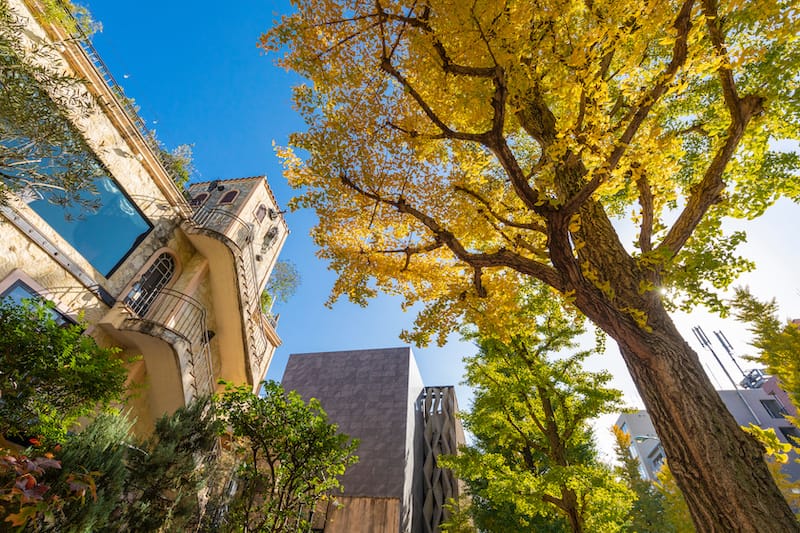
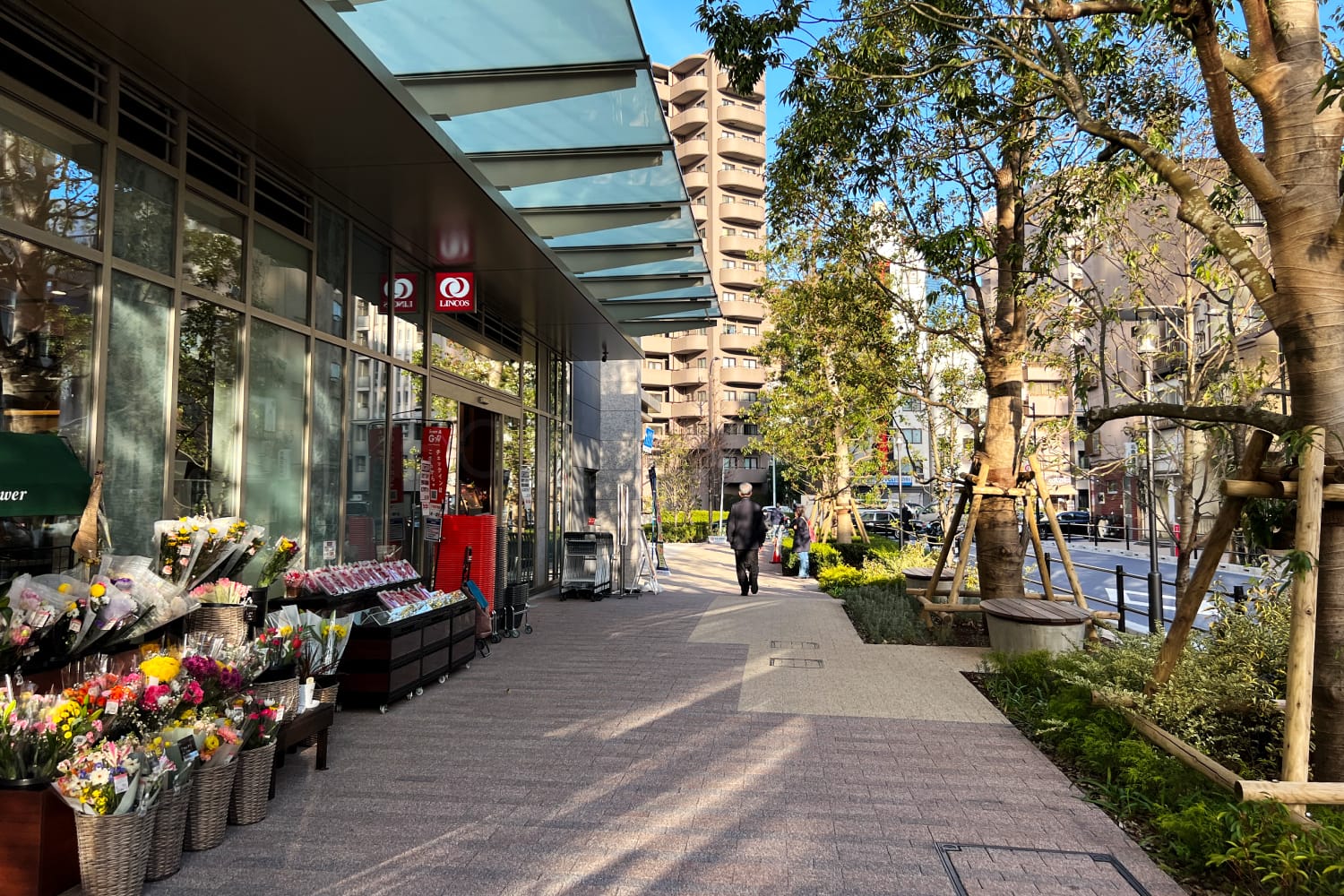
This was Edo in Exile
In the 17th century, feudal lords obeyed the sankin-kōtai decree, spending half the year in Edo under the shogun’s eye. They built suburban villas south of the castle moat—Japan’s first commuter belt. The mansions of Takanawa, Shirogane, and Mita stood at the city’s wooded fringe, their moon-viewing pavilions angled toward the bay.
Those estates still breathe inside embassy gardens and private clubs. Stand at the gates of the Australian embassy in Mita or the Tokyo Metropolitan Teien Art Museum in Shirokanedai, and you feel it: gravel that muffles footsteps, pines pruned like calligraphy.
A Triangle in Motion
Though this area forms a neat triangle on the map—bounded by train lines and highways—it moves in two very different rhythms. From here, a quick walk north drops you into the vibrant whirl of Azabu, Hiroo, and Roppongi, while one station south, the shinkansen speeds toward Osaka. Yet inside the triangle itself, the streets wind quietly, barely wide enough for a single car, where old fruit shops open before dawn and galleries hide in nondescript 1960s buildings. Here, dinners are booked by word of mouth, and everyone still knows your name.
“Old world charm, modern conveniences, and a kill-you-kindness location,” boasts one realtor brochure—then quietly adds price on request.
Life Inside the Walls
Here, a true marker of wealth is having land—horizontal privilege in a city vertical by necessity. Detached houses sprawl behind gates of granite and persimmon wood; tower mansions, beloved by new money, feel gauche. Children walk to Tokyo International School or Shirogane International under the watch of a retired police officer the community still pays to patrol. At dusk, families drift to Shirogane’s quiet bistro row—linen napkins, no signage, reservations made weeks ago by someone’s personal assistant.
The Garden Suburbs: Denenchōfu & Seijo
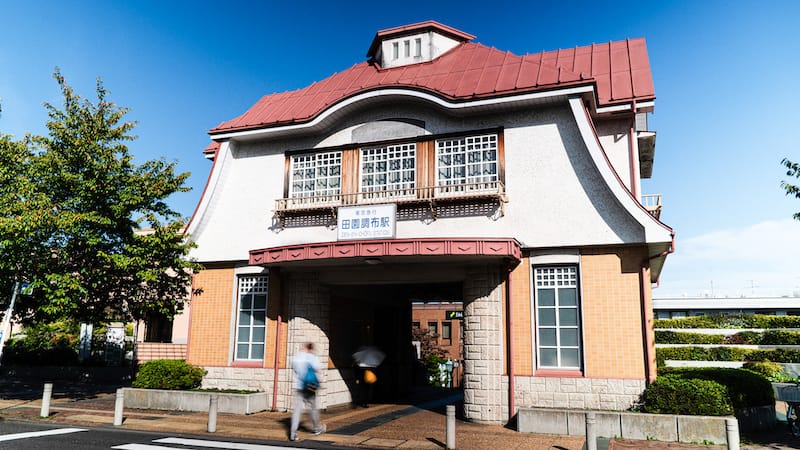
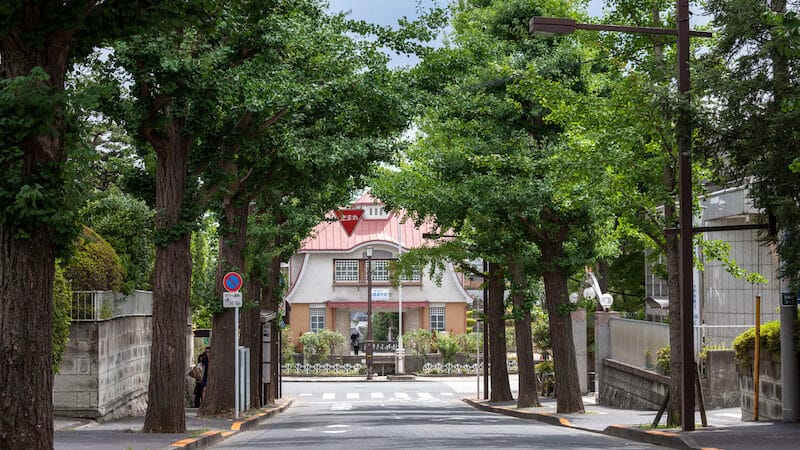
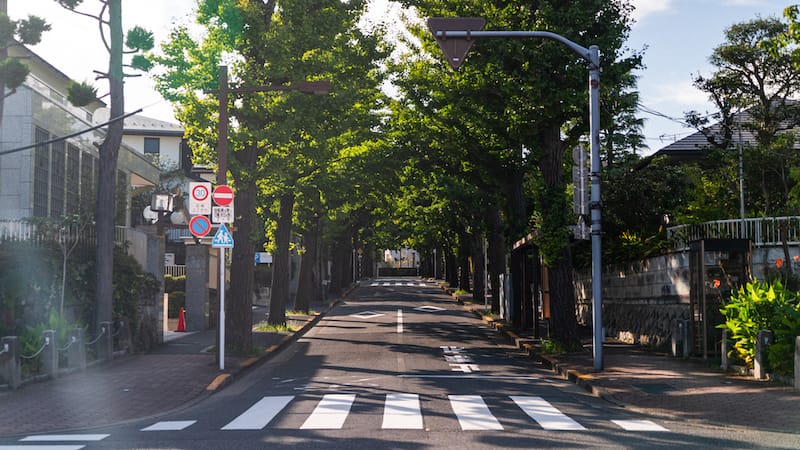
If the triangle is Edo’s memory, the southwestern suburbs are Taishō-era dreams. Inspired by London’s garden-city movement, financier Eiichi Shibusawa carved Denenchōfu from farmland in 1923, mandating wide streets, walled villas, and a ban on commercial noise. Nearly a century later, the bylaws still hold: no neon, no clutter, no subdividing your plot into Airbnbs.
A short ride up the Odakyū Line lies Seijo Gakuenmae, where private schools bloom like hydrangeas and family names appear in opera programs. One Coulecte reader, Keiko, recalls her grandmother teaching her which bakery bags were “acceptable” to carry on the train home; everything else was too showy.
“It’s not just money,” Keiko says. “It’s who your grandparents were, what books sit on your coffee table, where you summer.”
The Hill Villages: Shōtō, Aobadai, Kamiyamachō
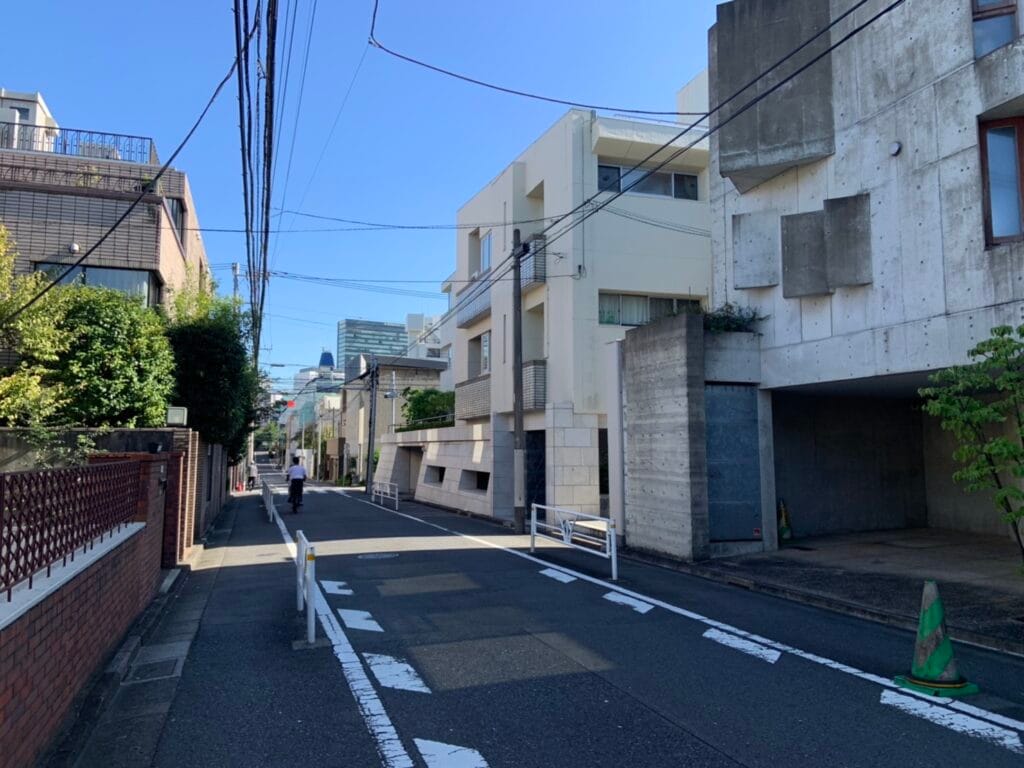
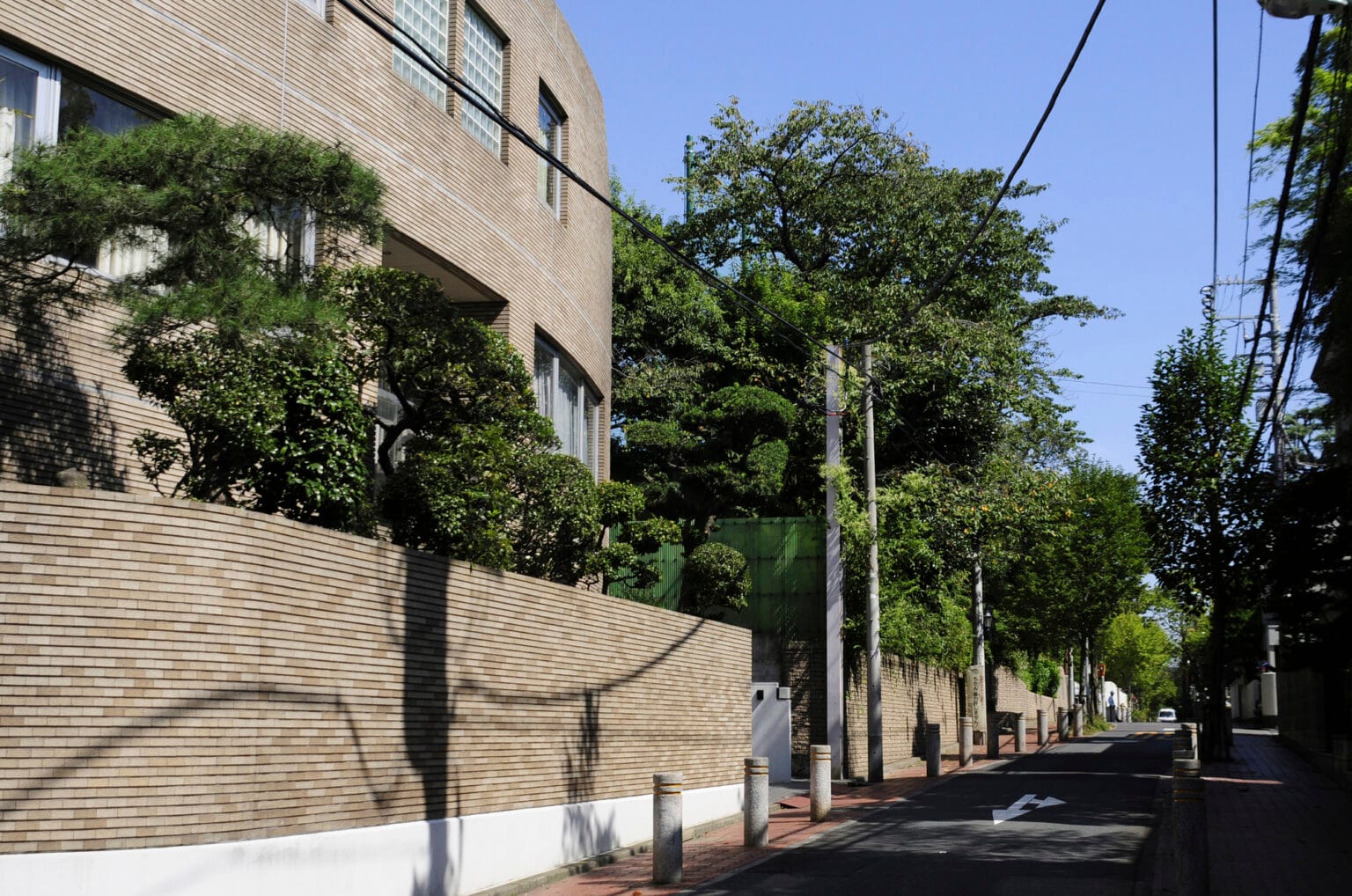
Climb the slope behind Shibuya Station and the city decelerates. In Shōtō, embassies perch behind bamboo fences; the air is still enough to hear piano practice from an upstairs window. Aobadai and Kamiyamachō extend the mood—detached houses hemmed by dogwood, families whose wealth is measured in first-edition poetry rather than Teslas. Reddit threads liken these streets to “Kichijōji for people who inherited publishing royalties”: cultured, bookish, casually bilingual.
What Old Money Doesn’t Do
- No tower mansions—real money prefers ground and garden.
- No neon tote bags—a worn Bottega is louder than a new Balenciaga.
- No delivery dinners—a driver ringing twice shatters the hush.
- No annual remodels—homes evolve at the pace of moss.
- No Instagram house tours—privacy is the ultimate flex.
Mothers, Daughters, and the Maintenance of Myth
Tradition here is matrilineal, passed in silences more than lessons. Mothers rehearse daughters for nursery-school entrance interviews, commission seasonal ikebana for the genkan, and know which pastry chef to book for a condolence visit. One Shōtō transplant tells Coulecte she kept a spreadsheet of neighborhood etiquette for her first two years: what time to take recycling out, which florist for a newborn gift, how long to circulate at a PTA bazaar before slipping away.
New Money at the Gates
Tech founders now shop for Kenzo Tange's renovations in Denenchōfu; crypto millionaires snap up corner lots in Shirokane. Yet purchase does not equal belonging. Old families may nod on morning walks, but dinner invitations arrive only after decades—or never.
- Newcomers may have nicer interiors, but fewer social ties.
- Foreigners can purchase the land, but not the lineage.
- Even Japanese professionals may feel “off” if they didn’t attend the right schools or observe the right rituals.
“We bought a house in Seijo, but no one really talks to us. They nod, they smile—but we’re not part of it,” says one foreign resident in an expat forum.
Old money, in Tokyo, isn’t exclusionary by policy—but it is by posture.
Why This Geography Still Matters
Tokyo is a city where your address precedes your résumé. For women in their thirties and forties—especially those navigating careers, relationships, and cultural expectations—these invisible maps can feel both magnetic and restrictive. They remind us that class is rarely about cash; it is narrative, ritual, and place.
Where you live may not define you—but in Tokyo, it always says something.
To Walk, and Not Be Seen
Next time you exit the Yamanote Line—be it at Gotanda, Shibuya, or Yoga—turn away from the neon and follow the quietest street you can find. Count the gardeners. Listen for the absence of traffic. When you pass a gate where ivy nearly erases the nameplate, pause. Somewhere beyond that cedar screen, a century might be growing.
If pieces like this resonate with you—stories that trace the quieter side of Japan, and the layers beneath the surface—follow us on Instagram @coulecte and YouTube @coulectejapan.







